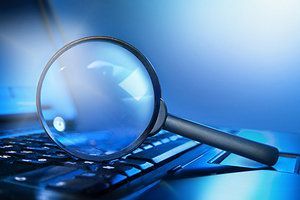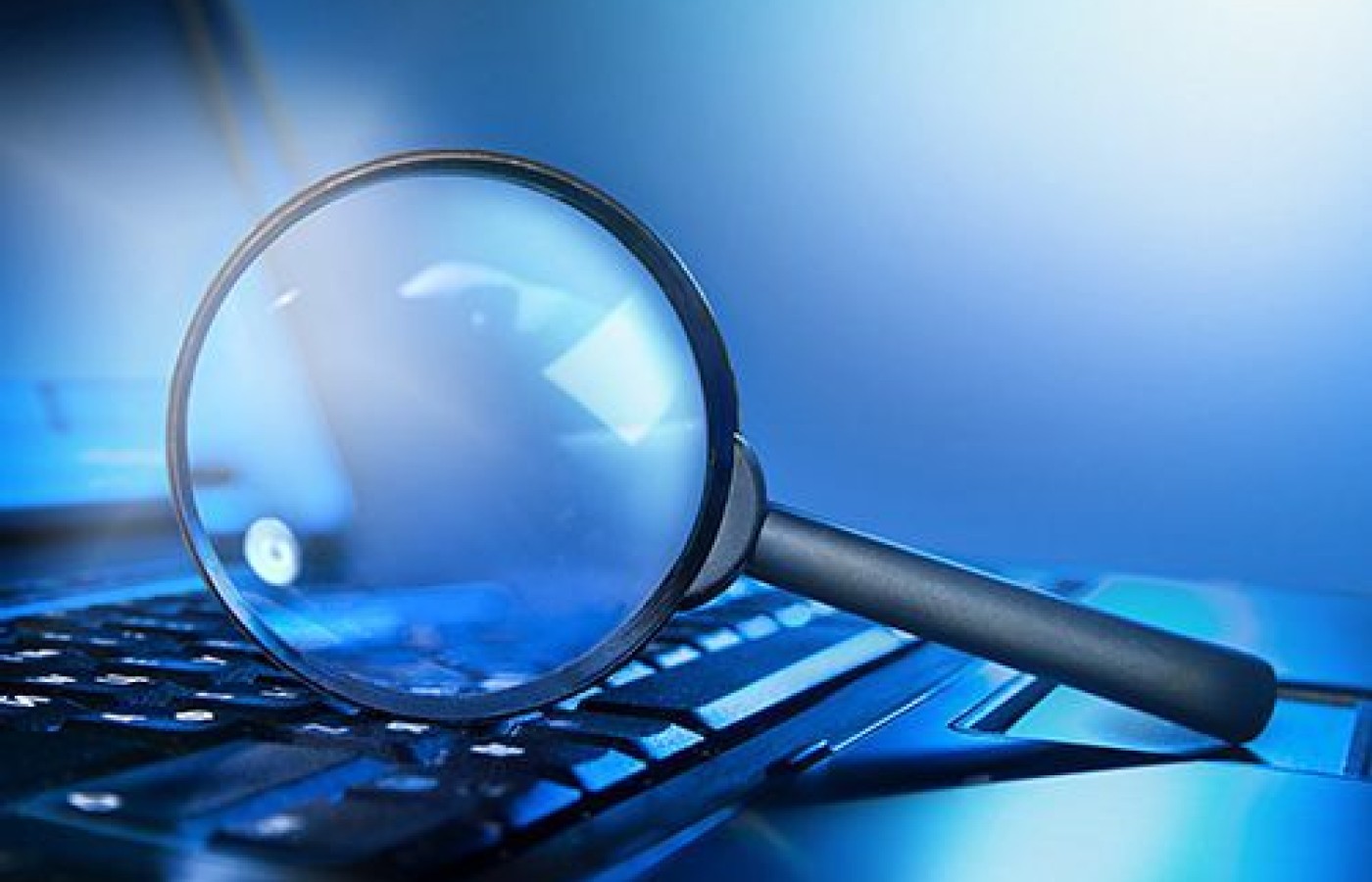Whether you accept it, avoid it or live somewhere in between, insurance coverage has become a defining issue for our profession. Patients increasingly expect to use their benefits, practitioners want to be compensated fairly for their time and expertise, and the system itself remains – at best – fragmented. The encouraging news is that coverage has expanded in meaningful ways. The challenging news is that reimbursement, across the board, remains inadequate.
EBM: In Search of Best Evidence
In January 2020, we once again achieved nationwide recognition for our medicine. The Centers for Medicare & Medicaid Services announced it will provide acupuncture coverage for chronic low back pain. Its decision was based on "a thorough review of the evidence"; the evidence that proved acupuncture and our practice of acupuncture is effective!
However, our profession has not yet been fully validated by CMS. Even though we obtained a distinct Standard Occupational Code for Acupuncturists in 2018 from the U.S. Department of Labor, CMS does not consider us to be medical providers. We can only serve as auxiliary personnel and must be supervised by physicians, physician's assistants or nurse practitioners.
Our profession is still struggling to be recognized. Is there anything we can do to ensure we are capable of being a part of fully integrated health care practice? Perhaps we can become leaders in providing and reviewing "the evidence." Perhaps most of us will be able to explain how our medicine works and provide proof that our medicine works ourselves.

Whenever we have a chance to have discussions about research, either with our colleagues or with newly licensed, eager-to-practice acupuncturists, we are reminded about evidence-based medicine (EBM) and about finding best evidence. Recently, we had a chance to speak with a newly licensed acupuncturist. She is obviously capable, bright, and her patients really appreciate how she takes care of them. The question we asked was about how she may go about performing acupuncture for a patient with, let's say, headaches. Her response was that she will first do a pattern differentiation based on the patient's symptoms and signs, and then proceed to produce the set of points as she's studied from her school and during clinical training. So, far so good ... maybe.
So, we continued our inquiry.
"What if you wanted to see whether there were other options available, perhaps based on recent research; how would you go about doing that?" At that point, her eyes glazed over. She told us she did not learn how to do acupuncture research at her school. She only learned about general Western medicine research, and maybe some information about epidemiology.
We moved on to our colleagues. Our colleagues often tell us there is clinical evidence of, for example, a Chinese herbal formula for a new virus; or that there is substantial clinical proof for the effectiveness of acupuncture for migraines; or they might claim that a particular Chinese herb has a high level of HCL and should not be used for patients with acid reflux. But when we are making these claims, we would need to either provide historical evidence or clinical evidence, because historical evidence often provides clues for finding clinical evidence.
As an example, the 2015 Nobel Laureate Tu Youyou was able to extract chemical substances from Qing Hao (Herba Artemisiae Annuae) that saved millions of lives. She said she found the clue from the Chinese sage Ge Hong's Handbook of Formulas for Emergencies (Zhou Hou Jiu Zu Fang), which possibly dates back to 340 CE.
A modern example of the institutionalization of accepting clinical evidence is found in how herbal medicinal products are regulated in Europe. In the U.S., pharmaceutical products must go through proscribed three-phase clinical trials to be approved by the Food & Drug Administration. In Europe, however, herbs may be released to the market in EU member states through three different regulatory pathways to obtain approval from National Competent Authorities.
A pathway called "traditional use registration" allows the possibility of an herbal medicine to be released without clinical tests and trials on safety and efficacy if it has been used for at least 30 years and "as long as sufficient safety data and plausible efficacy are demonstrated."
Our medicine has been practiced safely and effectively for thousands of years. We could certainly use that as a basis of evidence to validate our medicine.
In our first essay in the EBM series, we talked about the EBM triad: the evidence, the practitioner and the patient. We are already fully engaged as practitioners and with our patients. But perhaps we fall short on finding evidence for our patients and for ourselves.
We are sure what we have described is not true of all schools or all practitioners, but we feel it is important to address this potential gap of knowledge in research, and being able to discuss evidence with other health care practitioners. This is really about our survival and establishing our rights as bonafide practitioners in the U.S.
In the world of EBM, we do have to provide evidence. Usually, for our conventional medicine colleagues, evidence means clinical research, or that a claim has to go through a form of clinical trial and be proven to be true (or not true) for us to make that claim. Otherwise, we are selling snake oil.
So, how do we find evidence for our patients and for ourselves? How do we find the information we need? As you may have expected, finding that information takes a bit of work, but after all, some of us have spent thousands of hours completing a program to become licensed, and we have learned hundreds of acupuncture points and herbs. And we spend even more time and effort to take care of our patients.
It is not that complicated, and we can all learn to do it, if we are not doing so already. We describe the most essential processes in part 2 of this article, and hope you will be able to follow through the process and find your own evidence.
References
- Decision Memo for Acupuncture for Chronic Low Back Pain. Centers for Medicare & Medicaid Services, Jan. 21, 2020.
- Herbal Medicinal Products. European Medicines Agency, 2019.



